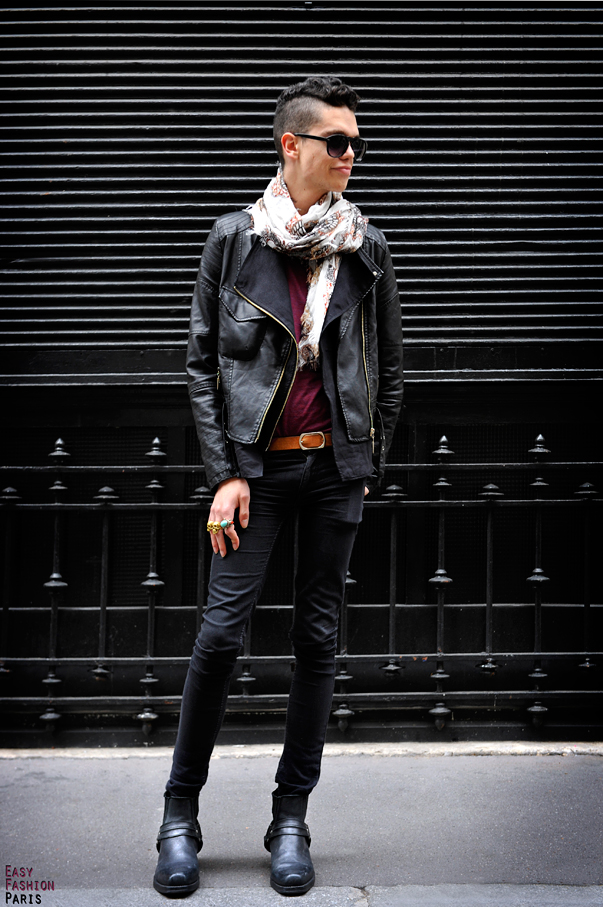 |
| Men wear accessories, too |
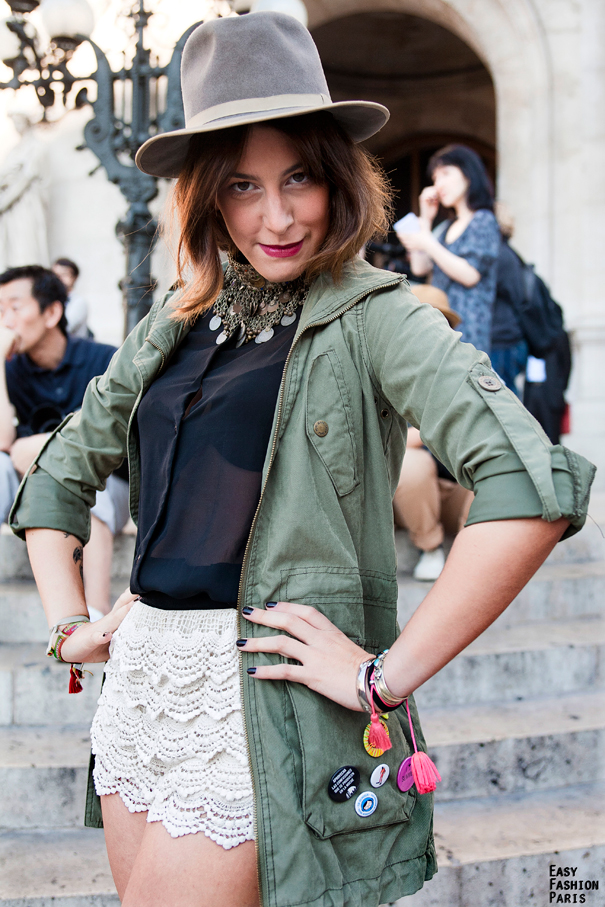 |
| See-through shirt = normal |
Looking good is important to Parisians. Both men and women have several types of looks, but they do not seem as varied as those in the United States; those who attempt to dress well have one basic look: classy. This differs from America in that there are many groups of people who are very careful with how they dress, even if it is to look intentionally sloppy. While the French do not fret about what they look like once they go out, and sometimes their hair appears un-brushed, it should not be mistaken for sloppiness.
Women wear cardigans, blazers and/or jackets, particular to an outfit and fitted correctly. They wear blouses, never t-shirts. Never. Their blouses frequently are looser, and sometimes semi-transparent. Seeing a bra through a shirt is normal, and not considered risque. They are always a classy fit; loose should not be mistaken for baggy, which they never are. Men typically wear dress-shirts with collars, v-neck shirts, sweaters, blazers, and/or suit jackets.
 |
| Or all three. Collared shirt, blazer, suit jacket. |
Trousers/pants for both men and women are tailored and dressy. While every type of pantaloons is worn, they
are never baggy or too big, and never too tight, though may look tight to the
typical American. Women do wear leggings or tights as pants, usually under a pair of short-shorts, but sometimes under a long shirt or short dress. Somehow they get away with it, looking great.
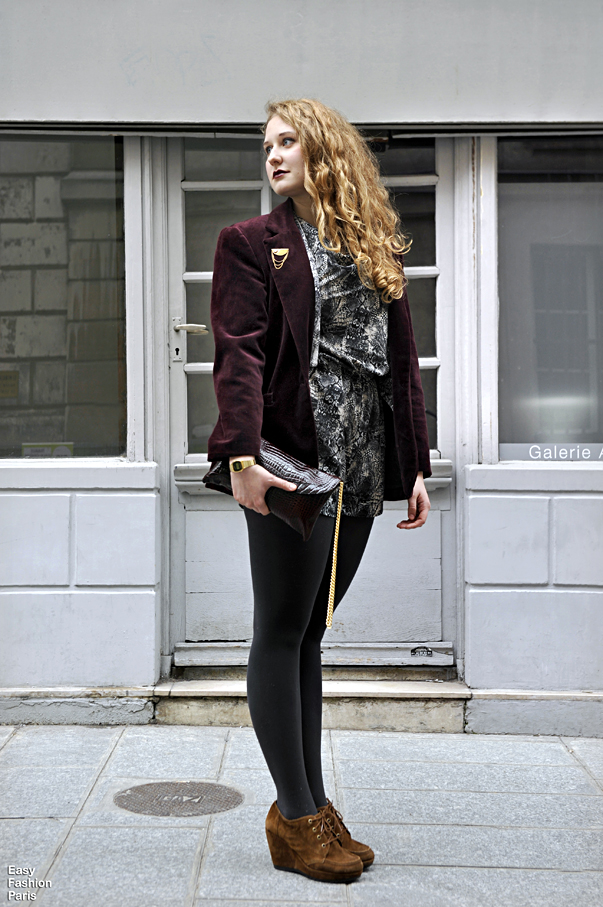 |
| Tights as pants; shoes; blazer |
 Shoes are paramount to
a Parisian. Men and women alike rarely
wear tennis shoes—only when they go running, and they go running in parks or
around parks, never in city streets.
Right now it seems cobblers-like shoes, ankle boots, flats, and
vintage-style spats are in style for women, while cobbler-like shoes, leather
dress shoes, and spats are in style for men.
Shoes are paramount to
a Parisian. Men and women alike rarely
wear tennis shoes—only when they go running, and they go running in parks or
around parks, never in city streets.
Right now it seems cobblers-like shoes, ankle boots, flats, and
vintage-style spats are in style for women, while cobbler-like shoes, leather
dress shoes, and spats are in style for men. Men wear accessories: scarves, watches, and even bags are an important part of the way a man walks and carries himself around the city. Women tend toward scarves, rings, and one necklace, always a part of the outfit--never several. Hats are worn often in Paris, compared to what is normal in the United States. It's part of the outfit.
Men wear accessories: scarves, watches, and even bags are an important part of the way a man walks and carries himself around the city. Women tend toward scarves, rings, and one necklace, always a part of the outfit--never several. Hats are worn often in Paris, compared to what is normal in the United States. It's part of the outfit.
Hairstyles seem more of a man’s realm than a woman’s. Their hair is very particular to the man, though must
look natural. Women’s hair always look
natural, is always perfectly cut and style when down, even if styled
“naturally” (i.e. messily, to us). Black women in Paris have long hair--extentions or otherwise, very well taken care of, curled and or straightened. I mention this because black women in the United States typically cut their hair short, or keep them in braids. Parisian women in general keep to natural-colored hair. Also, Parisian women wear little to
no makeup. Younger women wear eye
makeup, while middle-aged women don’t seem to care as much about mascara or eyeshadow. Make-up, when worn is very natural-looking with hardly any color on their faces.
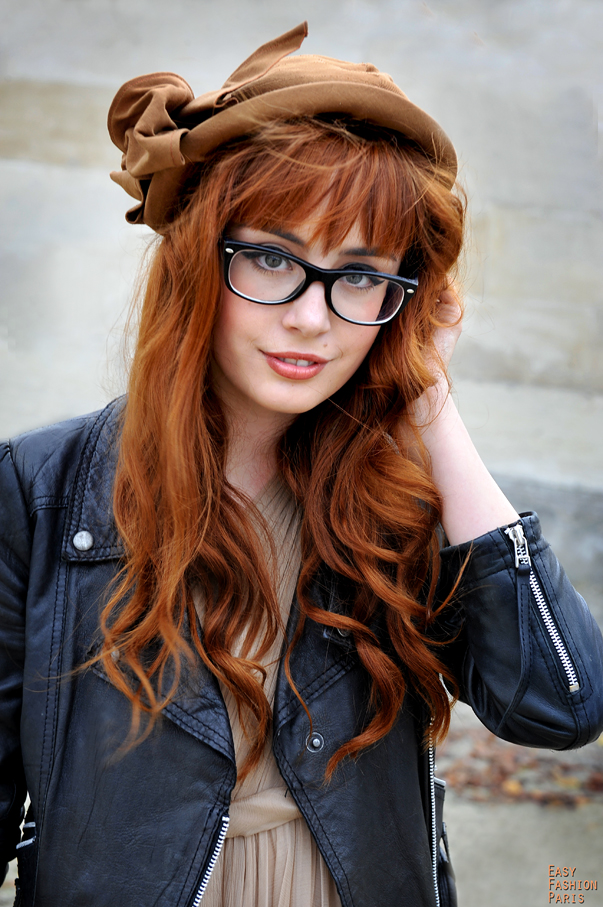 |
| Hat, jacket, loose shirt, accessories. Particular. |
Worship Service
The people who attended mass were not dressed for church in
the sense that we expect them to be.
Everyone’s shoulders are covered, their legs are covered at least to the
knee, but most were wearing day clothes.
Older women and men wear skirts, dresses or suits, respectively. Even the kids leading mass wore normal
clothes, not anything fancy or dressed up.
I think this is a fairly normal trait of Catholic mass, even in
antiquity. To come to church with attire
one could afford/work in, though the rich would have certainly come dressed for
Sunday best. Though I do think it’s a
lost “art”, as it were, to come to mass dressed for the Sabbath. It is religiously expected, however, to cover shoulders and to wear shoes.
Businessmen are easier to pick out than are the women
because their attire is how you imagine every CEO to look. Fitted black dress trousers, a fitted white
dress shirt, often with cufflinks, and a fitted suit jacket. Leather shoes—usually black. Business men wear ties. That is usually how you can tell the difference.
Since funerals are family services in Paris, and one cannot crash a funeral--nor are they often held at the churches, as the French are no longer quite as religious--I jumped on the opportunity to take notes on the attire for a baptism, which I walked in on at St. Eustache. In attendance were the parents, their one or two children, and the baby being baptized. Everyone--parents, children, and family and friends who attended the baptism were dressed in what we would call "Sunday best." The Priest was dressed in his normal frock and hood, and kept his book on him always; he sung many of the prayers. One friend of the family walked around in the chorus area where the baptism was held, taking pictures during the service, which I suppose was a normal expectation. The children—girls—had their legs covered with
tights, their shoulders and arms covered to the wrists by cardigans, and wore hairbands. The mother and father stood around the baptismal font while prayers were said. The women, including the mother of the baby, were dressed in skirts. The men in colored dress-shirts and and dark-colored trousers. Everyone was brightly dressed. The men did not wear ties--you rarely see a Parisian man with a tie on...I can't think of a single instance. The child being baptized was in nice clothing but was covered in a body-length white robe over his clothing. After the baby was baptized, the father and mother were blessed.
Weddings
I have so far run across three weddings at various
churches, two at Notre-Dame, and one at St. Sulpice. The two at Notre Dame contained brides and
grooms in quite normal western wedding attire.
Large white ball-gown-type dresses on the brides, and typical “costume”
(to use French vernacular) suits (3-piece suits). The third, at St. Sulpice was (apparently) an
Indian-Christian wedding as the entire party was dressed in traditional Indian
sari’s and I think for men what are called the Sangeet kurta (please pardon me
if I’m wrong on that). The bride’s sari
was red, as I believe is traditional for a wedding sari, but—here’s an
interesting note—she also wore a white veil!
As her ceremony seems to have taken place in the church (I came to the
church afterwards while there were still some of her wedding party in the
church, but most of them were outside taking pictures), I’m assuming the white
wedding veil was a sign of the Christian tradition. They also wore necklaces of flowers. The members of the party wore various colored
sari’s and kurta’s—beautiful colors.
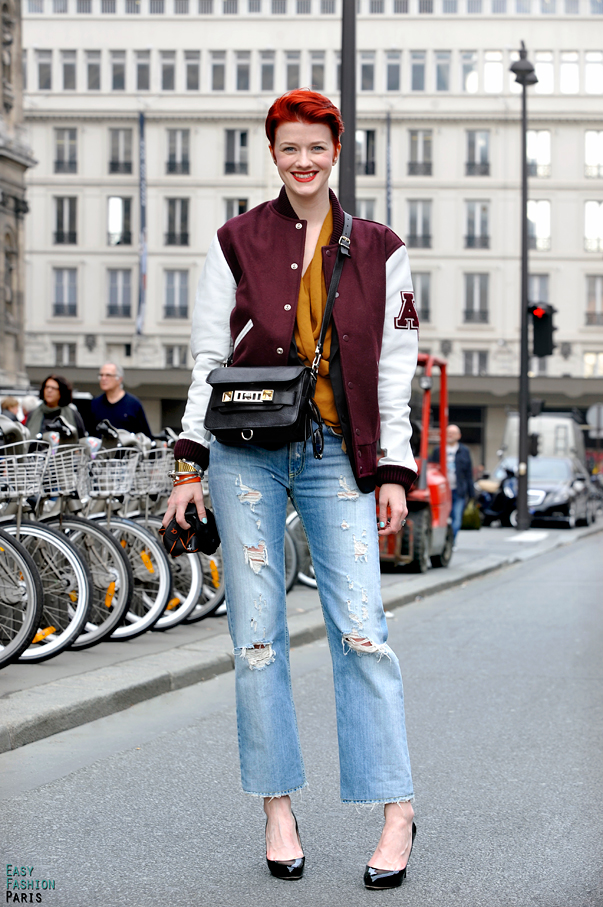 |
| She's not expressing her love for any particular team. It's just fashion. |
Sports Event
I have not been to a sports event in Paris, nor do I plan on it. All the same, I do not recall seeing masses of people wear sports paraphernalia on certain days the way I have seen in Los Angeles on Laker-game days, or in London when Arsenal, Chelsea, or Liverpool is playing. And because there are so many immigrants in Paris, one can always pick out the Greeks or Brazilians the day they're playing an English team. I have never seen anything close to that in Paris. However, during the Tennis Open, the plaza in front of Hotel de Ville was set up and reserved as a seating area for Parisians to walk in and sit down to watch the tennis matches. No one dressed differently, but the square was always full of people. Take my earlier comments about classiness into consideration and that may explain the lack of sports paraphernalia, though that does not mean the French are not interested in their sports.
Communicating with Attire:
The person has reached maturation
I believe a sign of maturation in Paris is beginning to
smoke, as many teenagers do. There is no
particular piece of clothing a teenager in Paris would wear different from a
young adult or man or woman in Paris to communicate he or she has matured apart
from growing into more adult casual day-to-day attire, opposed to children’s
attire.
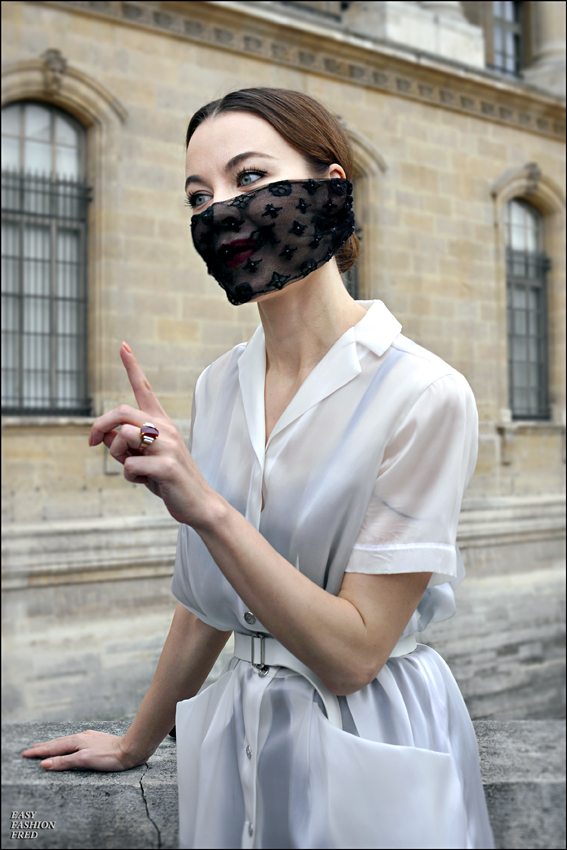 |
| I know it's difficult, but notice the ring. |
A wedding ring on the right or left hand—I have seen
both. There are so many immigrants in
Paris, it is hard to tell which is particular to place or origin and which is
particular to age, for some older women seem to wear rings on their right and left ring fingers, but younger women wear rings on their left ring finger. Men also wear rings on their left ring-finger.
Distinctive Regional Identity
While there are very distinctive regional identities in
France, and the French are very particular and proud of them, being a Parisian
is a culture which swallows all others.
Therefore if a Frenchman or woman is determined on living in Paris, he
or she will probably not hold on to a regional identity through clothing, but
rather through patterns of speech, types of food, and their friends. I am not talking about or including the immigrants of Paris in this assessment. Their religious and regional identities are often more apparent, especially if they are first-generation.
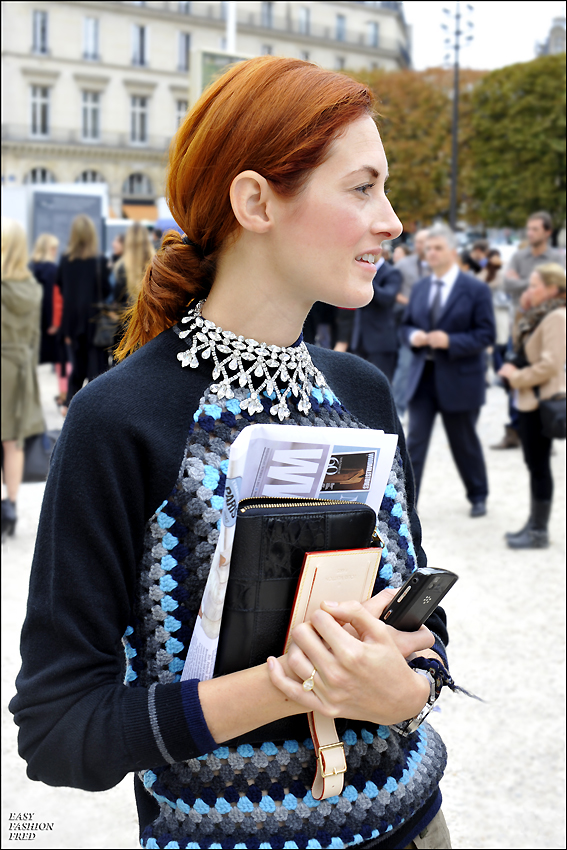 |
| Notice the diamond necklace. |
Wealth in this western culture is not denoted on obvious
terms the way it might be in other cultures by certain colors or types of
clothing. Noticing wealth,
therefore, is a fact of noticing brand-names, of realizing that shoes are made
of real leather, rather than faux leather, that someone wears a new outfit every
day, rather than mixing and matching what little clothes one has. But as looking good is important to all
Parisians, it is far more likely that whether wealthy or middle-class, so to
speak, what you own you will be good
quality and you take care of well.
Wealth is also, of course, denoted by where one lives, and so may not
always be clear in one’s clothing decisions. As Parisians are careful and particular about their jewelry, one would have to know how to tell diamonds and gold apart from faux diamonds and gilded jewelry. Furthermore, it is an element of being French that you walk with confidence and certainty. In this way, the wealthy do not appear any different from someone who might be middle-class.
Poverty
True homeless poverty is simple to see in Paris. There are many who appear to wear all they own, who beg in the streets for money, or who wander the metro carriages asking for money, or playing instruments for money. Many of these people do not own shoes, they are seen in the same areas day-to-day, and they often stake out places where they sleep with what few possessions they own. Poverty for those who try to integrate into middle-class life is less easy to spot on a purely observational basis.
Looking "nice"
(See Casual day-to-day) A woman is always dressed for the occasion, and looks nice wherever she goes. Particular to looking extra “nice,”
as looking well is always important to the average Parisian, are heels for
women, and leather shoes for men.
Dresses for women, typically tight-fitting—what one might call “sexy”
opposed to “carefree” or “windblown”—and suits or blazers for men. Depending on the woman, she may wear more eye
make-up when deciding to look nice, but still wears limited foundation, but has
clear skin. Her hair may be up or down, though this is clearly personal preference rather than tradition.
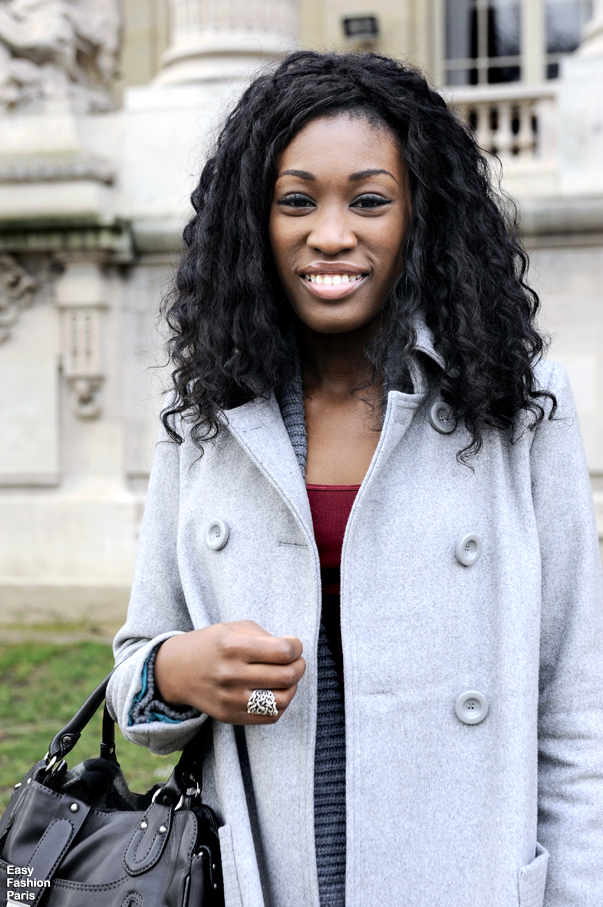
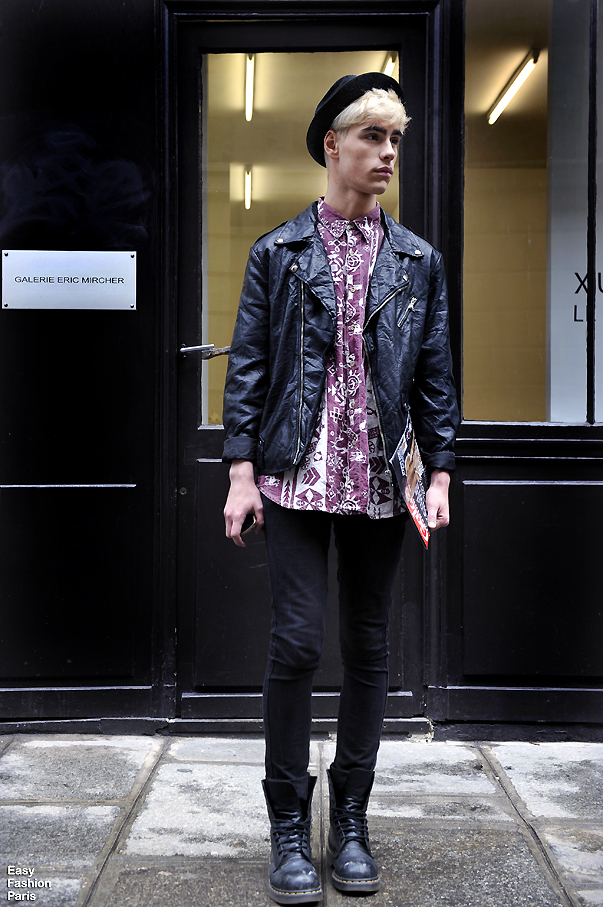
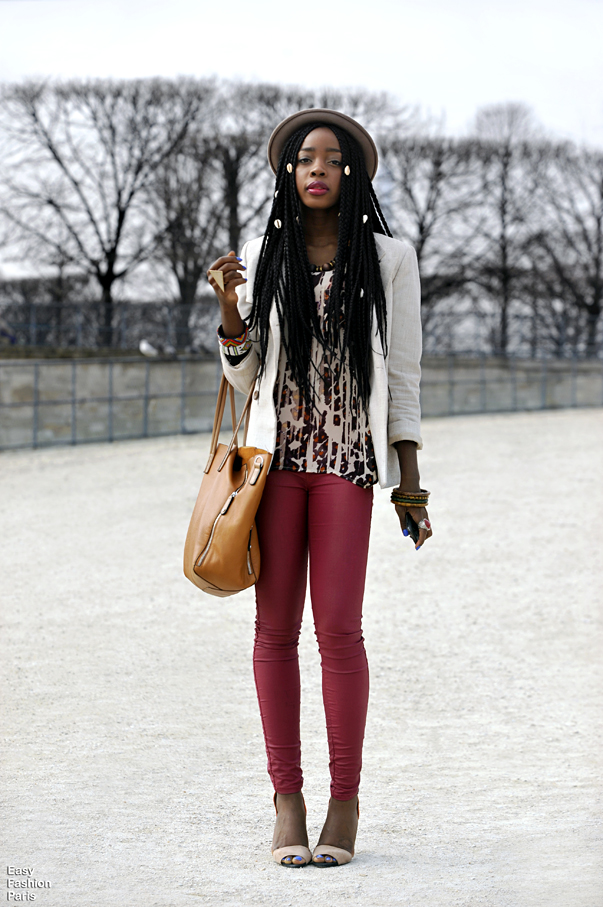

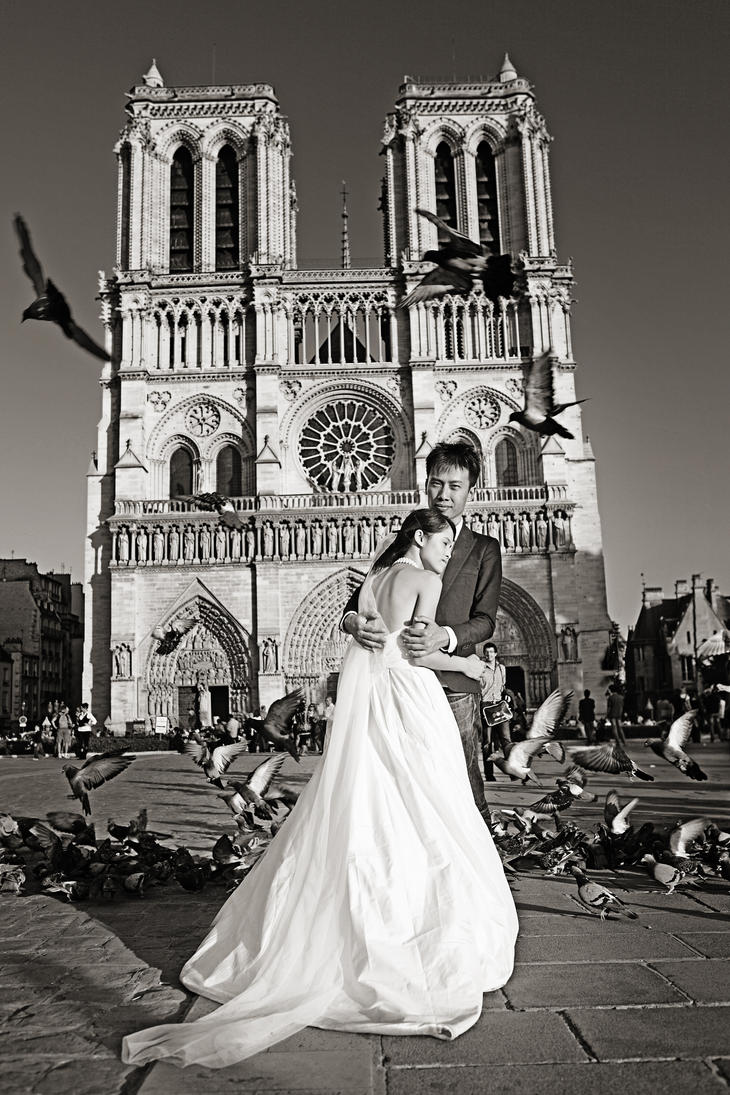

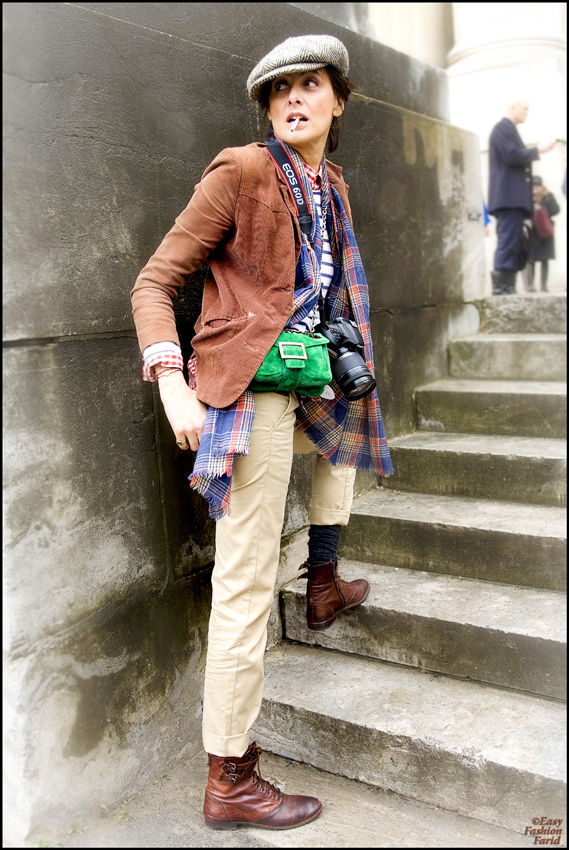
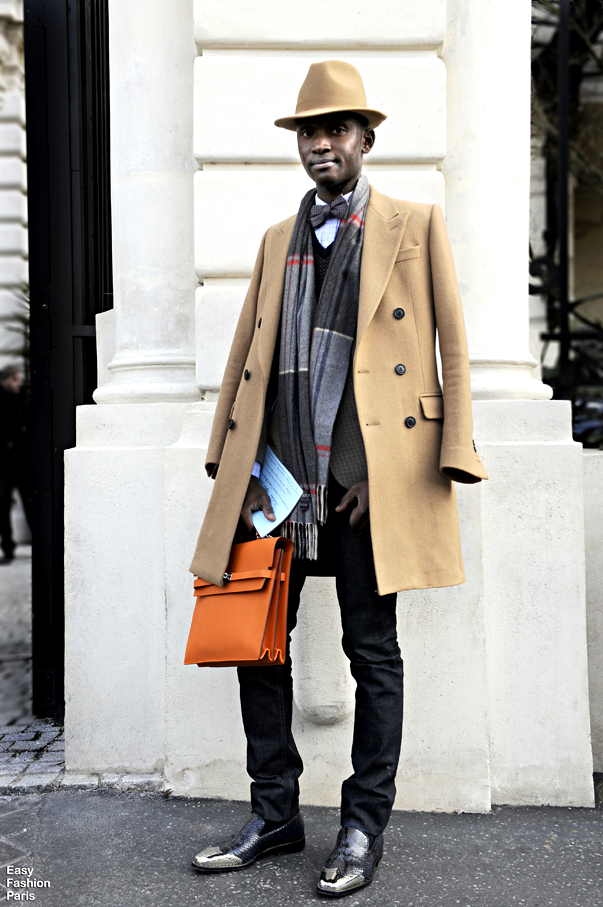
What have you noticed about fat? The stereotype I have always heard is that Americans are obese an disgusting while French people are thin and good looking, however I have seen several recent articles over the last few years discussing France's fast rising obesity level and that it is actually among the highest in Europe. I am curious what you have observed.
ReplyDeleteFascinating. Sometimes it's almost better being an outsider, so you can have insights like this. It would be interesting to see you doing a comparative observationaly study about LA or wherever you end up when you get back in the states.
ReplyDeleteokay, so if you ever get bored in france
ReplyDeleteyou should check out Henri, le chat noir
http://www.henrilechatnoir.com/
it is a website of the existential musings of Henri the depressed French cat
the internet knows no bounds